Learn about the need for metro networks to offer scalable and direct connections to the cloud core for a seamless end-to-end cloud experience, and how a hybrid packet-optical based architecture can provide the answer.
Did you know less than 10% of service provider access points of presence (PoP) have a direct 100Gb/s or higher connection speed to the cloud?1
In our previous Edge Cloud blogs, we discussed trends driving the ongoing migration to the cloud, as well as the need for scalable cloud on-ramps leveraging consumption-based billing to accelerate the migration of enterprise data to the cloud.
However, even if service providers deliver a scalable cloud on-ramp, there is a need to extend this scalable connectivity from the enterprises’ access PoP to the closest cloud exchange with a direct cloud connection for optimal performance. Otherwise, issues related to insufficient bandwidth will result in a degraded overall quality of experience.
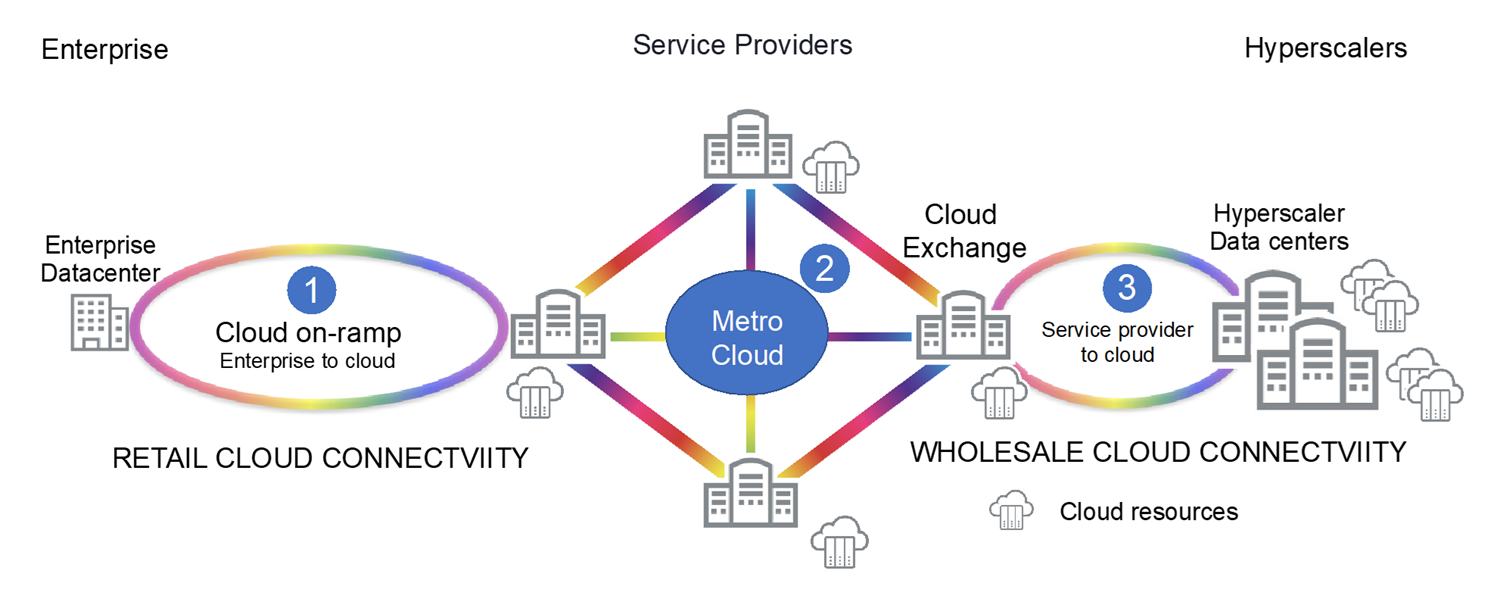
Figure 1: Seamless end-to-end cloud network architecture
So, let’s address connectivity to the cloud in the metro, and begin with how changing traffic flows to the cloud will determine these connectivity requirements.
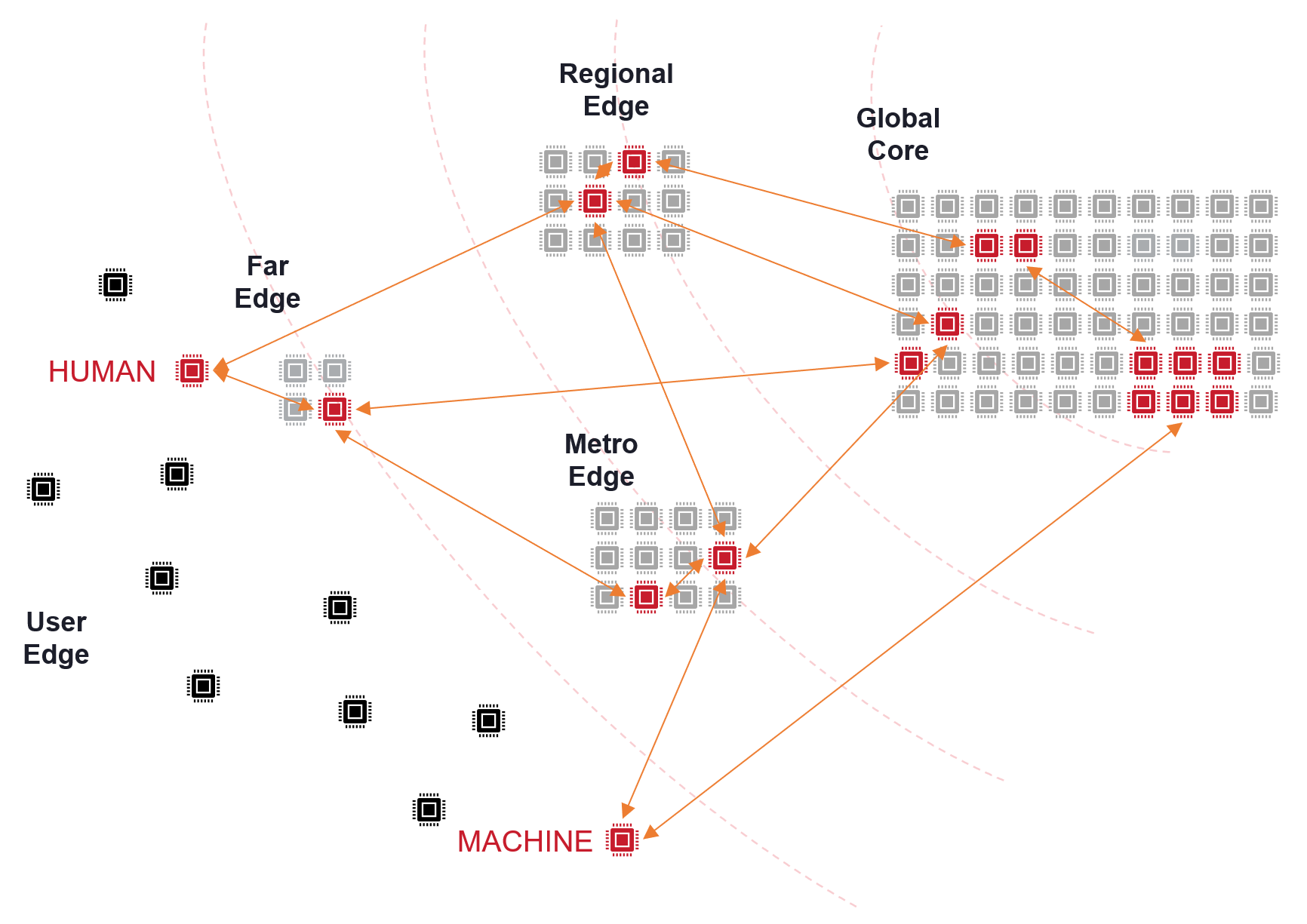
Figure 2: A changing software architecture for accessing cloud resources
Compute and storage resources for cloud applications, like Artificial Intelligence (AI), could be more distributed at the network edge. Applications seeking these resources will look for them wherever they best meet the performance requirements for that application, with an optimized “mean time to cloud” as shown in Figure 2.
Traditionally, traffic to the cloud was unidirectional moving from endpoint to the central cloud, as shown in Figure 3.
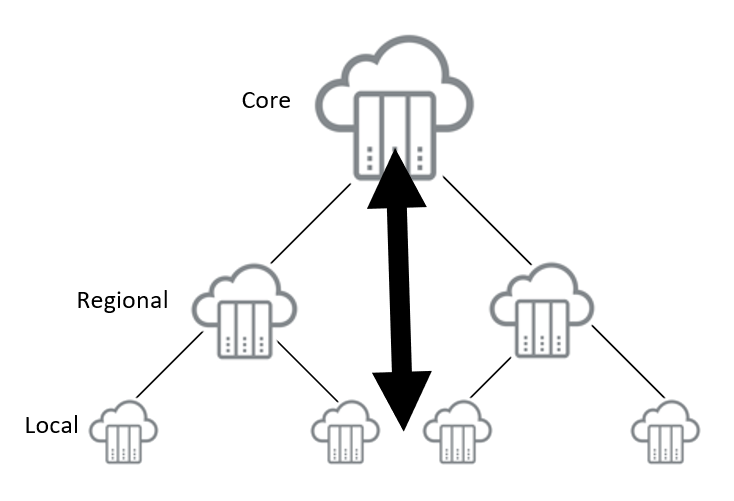
Figure 3: Traditional endpoint to cloud flows
In the future, workloads will be increasingly distributed across multiple data centers due to the advent of disaggregated applications, which will result in a “meshier” traffic pattern, shown in Figure 4.
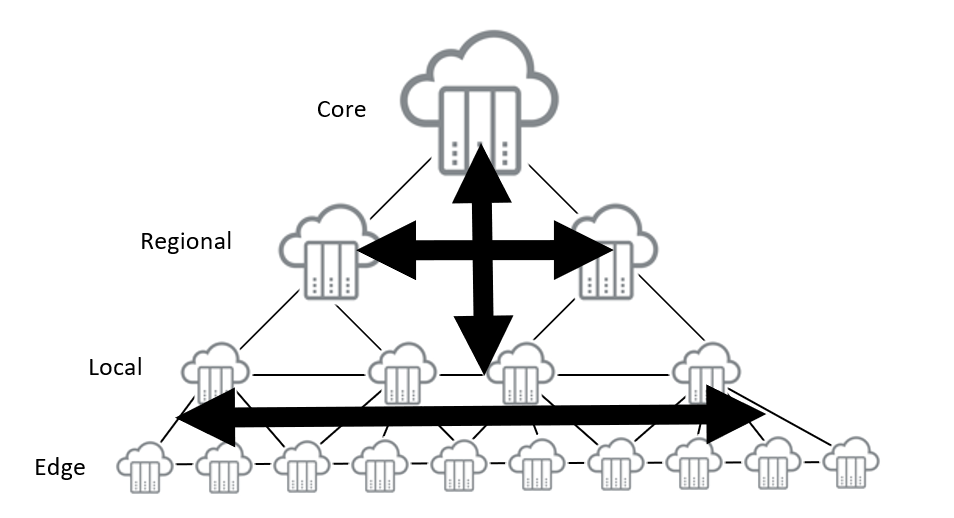
Figure 4: Emerging cloud flows at the edge
A further consideration is that enterprise customers desire multi-cloud services, so they increasingly do not host all their cloud IT with a single cloud provider. Consequently, a need to allow for the high-speed transfer of data between cloud providers is required when an enterprise wants to migrate its data between cloud providers.
So, a network architecture for cloud in the metro is required to:
- Provide any to any high-speed connectivity (400Gb/s or higher) between any enterprise/carrier-neutral data center and any cloud exchange
- Provide ultra-high-speed connectivity (800Gb/s or higher) between cloud exchanges for cloud-to-cloud data transfers
- Provide a wholesale cloud architecture that supports multiple hyperscalers while providing a virtual private capability for hyperscalers, meeting their individual needs
Comparing potential metro cloud network architectures
Let’s talk about the different approaches to building a metro cloud architecture. In general, there are two different approaches for service providers to consider:
- An optical, ROADM-based architecture provides deterministic, high-capacity, and low-latency interconnection between enterprise data centers and cloud exchange locations. This provides a scalable architecture for interconnecting the enterprise to cloud providers, but can become cost-prohibitive as more cloud providers and enterprise data centers are interconnected. Since traffic flows to the cloud are intermittent, a pure optical network will not have the benefit of statistical multiplexing and aggregation and would result in idle infrastructure and stranded capital.
- A packet-optical-based architecture provides logical ethernet connections, providing enterprise-level isolation within the network provider’s shared optical connectivity. This results in improved monetization via the ability to provide per enterprise cloud on-ramp services to an expanded set of cloud providers. This architecture provides for statistical multiplexing and aggregation, and does not leave stranded capital. However, the challenge of a pure packet approach is the cost of providing large end-to-end optical connectivity at 100G and up to the cloud.
So how can we get the best of both optical and packet architectures? A hybrid packet-optical-based architecture as shown in Figure 5 leverages the benefits of both optical and ethernet by tightly coupling them together. This defines a new architecture that can address the growth challenges with high-performance cloud interconnection via scalable ethernet platforms with the added benefit of high-capacity optical connections to provide ultra-high performance between PoPs in the metro.
Leveraging multi-service flexibility of built-in connections with WaveLogic Nano pluggable optics and 400Gb/s connections for metro and local connections enables a flexible cloud architecture with a scale-out design for termination of both enterprise and hyperscaler customers. This could be located within a metro or in remote markets, with the ability to manage and monetize logical elastic end-to-end cloud interconnection via a single “pane of glass” services management platform.
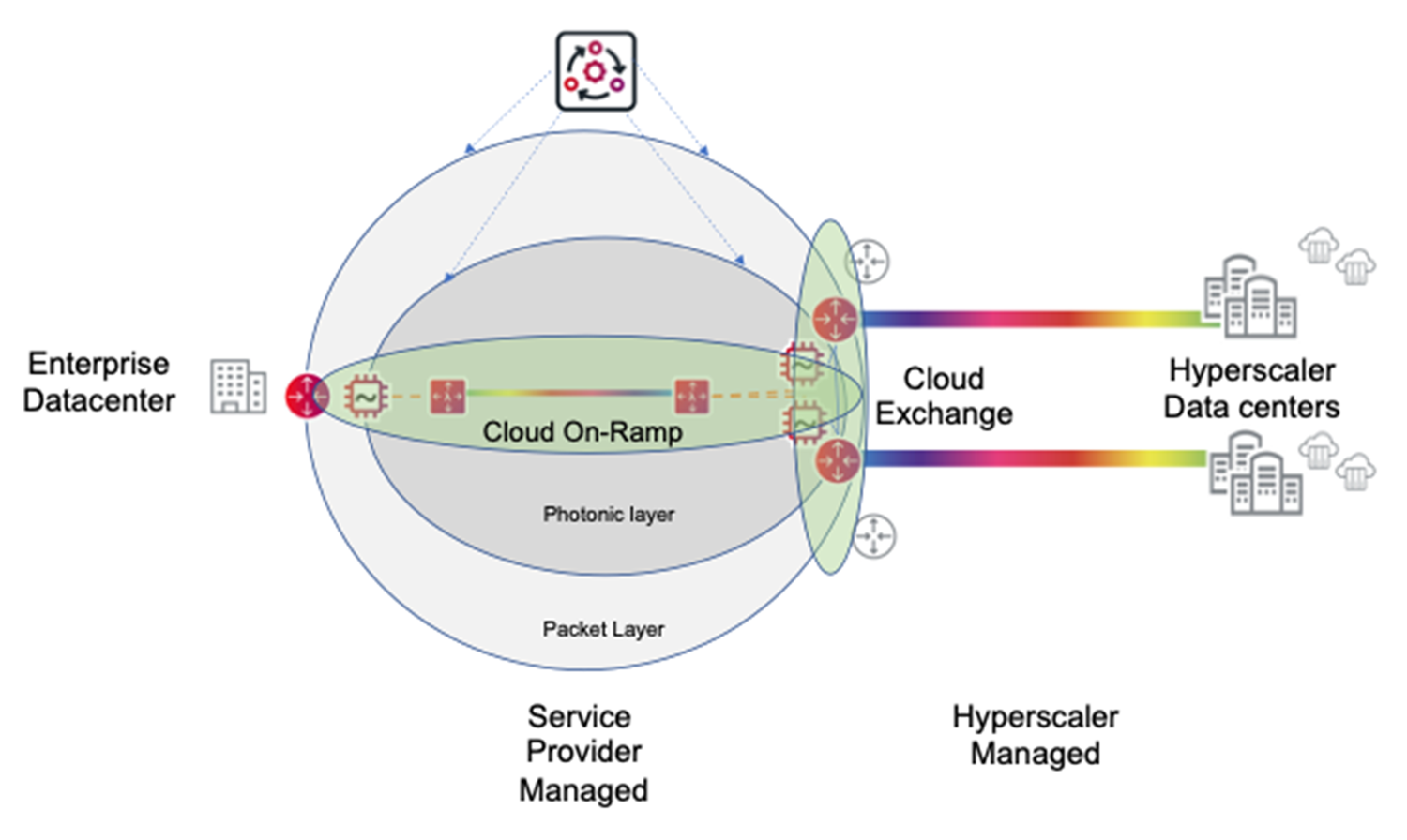
Figure 5: Hybrid packet-optical cloud network architecture
We’ve covered a lot of ground on the future of edge cloud architectures. The first blog in our series (Why service providers sit at the intersection of edge cloud drivers and demand) talked about many of the trends driving cloud services and how service providers are uniquely positioned at the intersection of enterprises and hyperscalers to capitalize on these trends. The second blog in our series (It’s time for a new interconnection model for the growing amount of data in motion) talked about the need for the network to support a consumption-based model for ultra-high speed (100Gb/s or higher) cloud on-ramps to accelerate the migration of data to the cloud while aligning with the way that cloud services are consumed today.
There is no question that enterprises migrating their data to the cloud will continue unabated. Hyperscalers are moving their cloud infrastructure closer to the edge, and closer to their enterprise customers, to deliver low-latency performance closer to where data is created and consumed.
Being at the intersection between enterprises and hyperscalers, communications service providers are in a unique position to capitalize on these trends and accelerate this migration to the cloud. It’s clear that a hybrid packet-optical based metro cloud architecture offers service providers the most scalable and flexible solution to achieve these goals in an increasingly cloud-centric environment.
1 Based on Ciena internal analysis





